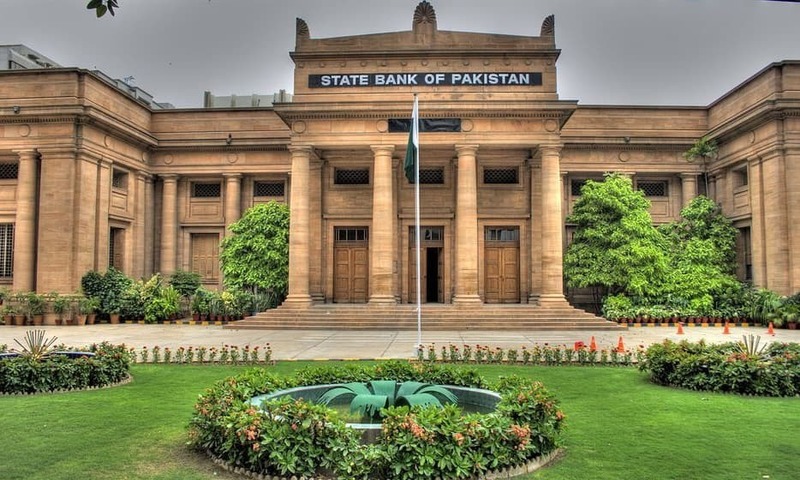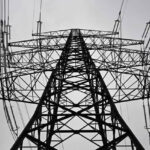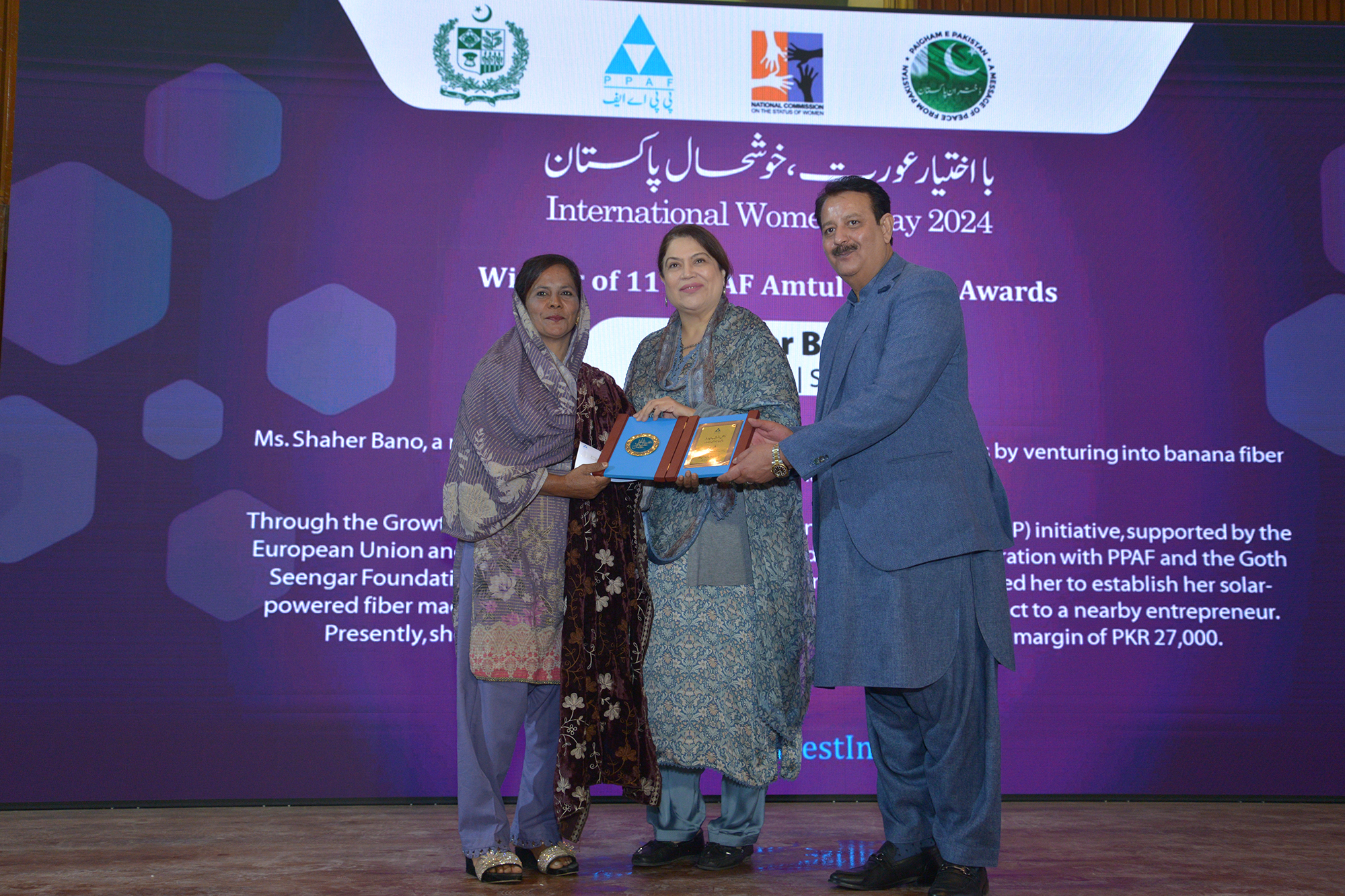Hope for Pakistan’s Economic Revival: Latest Report by State Bank

In a positive turn of events, Pakistan’s economic landscape is witnessing early signs of recovery, as highlighted in the latest report issued by the State Bank of Pakistan. This development comes at a critical time when the country has been facing serious economic challenges, including high inflation, a declining rupee, a widening trade deficit, and a significant drop in foreign direct investment. The State Bank’s comprehensive review outlines key improvements in macroeconomic indicators, fiscal discipline, and policy direction, giving hope for a more stable and prosperous financial future.
The report discusses an upward trend in GDP growth, backed by improvements in the agriculture, industrial, and services sectors. Additionally, the inflation rate, which had earlier crossed double digits, is now showing signs of stabilization. The budget deficit has narrowed due to better tax collection mechanisms implemented by the Federal Board of Revenue (FBR), along with increased focus on economic reforms and revenue generation. Improved monetary policy and stricter fiscal policies have contributed to better economic management.
The foreign exchange reserves have grown steadily over the past quarter, largely supported by higher remittances from overseas Pakistanis and timely disbursements from international lending institutions like the IMF and World Bank. The rupee-dollar exchange rate, which was fluctuating unpredictably, has become more stable, thanks to stronger currency management by the central bank.
Meanwhile, the government’s efforts to promote exports have started to bear fruit, especially in the textile, IT, and agriculture sectors. The trade imbalance, although still present, has reduced slightly, with exports rising and imports being rationalized. Public debt levels, while still a concern, are being addressed through new debt management strategies.
One of the standout features of the report is the emphasis on the development of infrastructure under the China-Pakistan Economic Corridor (CPEC). Major projects in transport, railways, ports, and energy are moving forward, creating jobs and boosting investor confidence. The power sector, which has long struggled with electricity shortages, is experiencing relief through new renewable energy projects, including solar power plants and wind farms. The role of organizations like WAPDA and NEPRA is crucial in ensuring effective power distribution and sustainable energy solutions.
On the food security and cost of living front, the report notes a decrease in prices of essential items like flour, sugar, cooking oil, vegetables, and fruits. Although food inflation remains an issue, improved supply chain management and crackdowns on hoarding have contributed to market stability. Government initiatives like utility stores, price monitoring, and subsidy programs have also played a key role.
The labor market is showing signs of recovery as well. There has been a gradual decline in unemployment, particularly among youth and in urban areas. Small and Medium Enterprises (SMEs) are being supported through low-interest loans, business development grants, and digital transformation programs. The banking sector is also expanding microfinance and mobile banking services, contributing to financial inclusion.
The report also highlights the need for further investment in education, healthcare, and technology. Increased budget allocations in these areas are necessary for long-term economic sustainability. There is also an emphasis on expanding the digital economy, encouraging e-commerce, freelancing, and IT exports. Initiatives for skill development, tech incubators, and startup funding are also being encouraged.
On the global front, the report calls for stronger trade relations with neighboring countries and renewed efforts to attract foreign investment in sectors like manufacturing, real estate, and tourism. Enhanced governance, anti-corruption measures, and transparency in public institutions are also mentioned as vital elements for building investor trust.
The overall economic outlook, while still cautious, appears more promising than before. With consistent policy implementation, public-private partnerships, and community engagement, Pakistan can look forward to sustainable economic development and improved living standards for its citizens.
This report not only provides a snapshot of the current economic status but also outlines a roadmap for recovery. The emphasis on macroeconomic stability, fiscal responsibility, and inclusive growth gives stakeholders a clear picture of where the country is headed. Whether it’s the corporate sector, local businesses, or the general public, this data empowers everyone with a renewed sense of confidence in Pakistan’s economic future.





